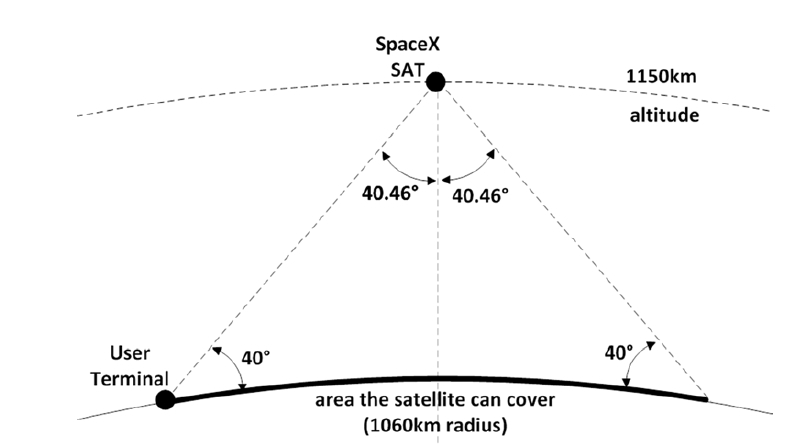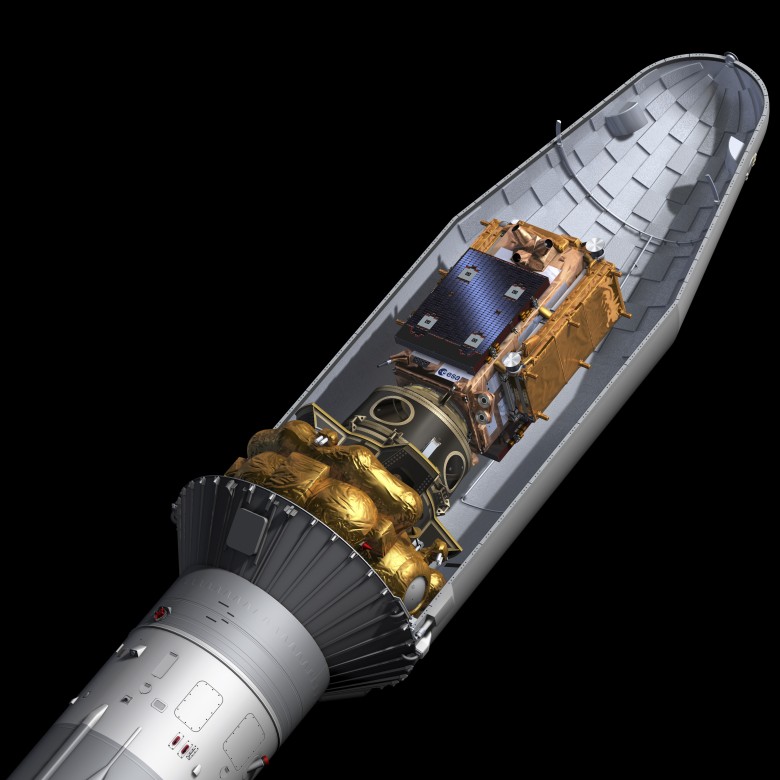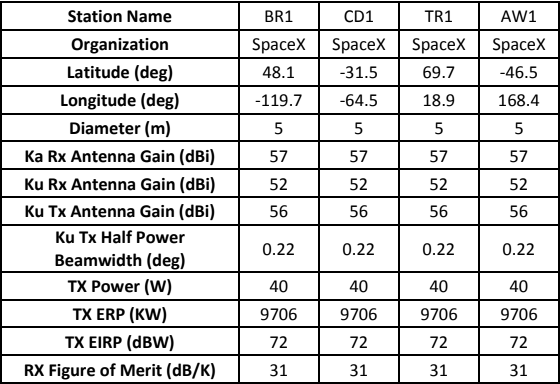SpaceX Launches Prototypes of First Satellites for Global Satellite Internet

Three years ago, it became known about Ilon Mask's new project to create a global satellite Internet via a mesh network of 12,000 mini-satellites in low Earth orbit, each of which covers 1060 km radius with a delay of 25 ms .
Apparently, the beginning of an ambitious project will not take long. This Saturday, February 17, 2018, is scheduled to launch the Falcon 9 launch vehicle with the 1,360-kilogram Spanish Paz satellite from Vandenberg base in California. As a "secondary cargo" in the cargo compartment will add two mini-satellites - Microsat 2a and 2b. These are the prototype satellites from the future global satellite constellation SpaceX.
On November 15, 2016, SpaceX requested permissionto work its own satellite service in orbit of the Earth, in which its subsidiary will act as an operator. According to the document, the SpaceX massive satellite network will consist of no more than 4425 satellites (with spare ones up to 4591) in low Earth orbit, providing high-speed Internet access services on a global scale in the Ku frequency bands (10.7-18 GHz) and Ka (26.5−40 GHz).

In March 2017, the company filed a new application for another 7518 satellites, bringing the total to 11,943, not counting the backup!
Each satellite is claimed to weigh 386 kg and a size of 4 × 1.8 × 1.2 m, i.e. with an average passenger car, not including solar panels. Service life is from five to seven years. According to the calculation of lozga, the Falcon 9 booster can launch 23 such satellites into orbit. With this download, you will need at least 70 Falcon 9 launches to launch the first 1600 satellites - and at least 520 launches to launch the entire constellation into orbit. For comparison, OneWeb plans to launch 32 of its satellites at Soyuz.

The cargo compartment of the Soyuz with a Sentinel 1B satellite measuring 4 × 3 × 2.5 m, which occupies about 70% of the volume. The cargo compartment of the Falcon 9 is significantly larger: 13.1 × 5.2 m
Perhaps, thanks to Falcon Heavy, the number of launches can be drastically reduced - and the project will cost less. The project cost was initially estimated at $ 10 billion. For its implementation, it is planned to create a new commercial company, Space Exploration Technologies Corp, among investors Google and Fidelity Investments are called. Investors have already invested about $ 1 billion in the new space startup Ilona Mask.
Competitors of SpaceX are also harboring similar plans for creating huge groups of mini-satellites. So, OneWeb, Telesat and other companies also made new applications. Thus, the total number of satellites planned for launch is fantastic 18 470 pieces. For comparison, now only about 1,400 satellites are operating in Earth’s orbit, including 800 in low orbit.
If the test satellites Microsat 2a and 2b successfully enter orbit, then SpaceX engineers will check the operation of communication equipment in the Ku-band. The documents for the Federal Communications Commission indicate that ground stations are located at SpaceX facilities in Redmond and Brewster, pc. Washington, DC at Hawthorne, PC. California, at the SpaceX test center in McGregor (Texas), in Barunsville (Texas), at the headquarters of Tesla Motor in Fremont (California). Three more ground stations will operate in mobile vans. The company is also negotiating with partners about the operation of ground stations in New Zealand and Norway.

Telemetry receiving stations and transmitting control commands in the Ku-band
In addition, the company relies on the support of the KSAT network of ground stations.
Theoretically, a user anywhere in the world will be able to connect to the SpaceX satellite network and enter a free Network regardless of censorship attempts by his government. Elon Musk said that the cost of the terminal will be from $ 100 to $ 300, depending on the type of terminal.
In May 2017, SpaceX announced that the practical implementation of plans to create a satellite network will begin in 2019, and the start of operation of the network, probably under the name Starlink , is scheduled for a limited amount for 2020.
